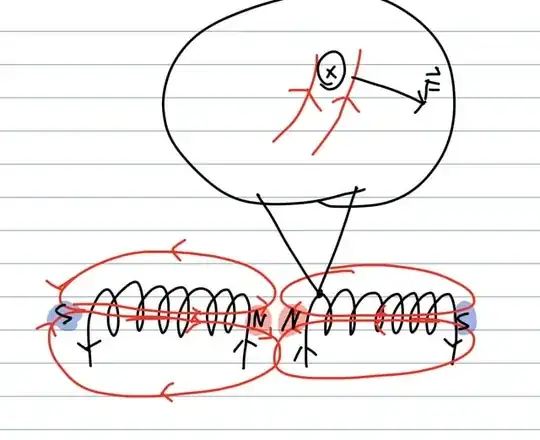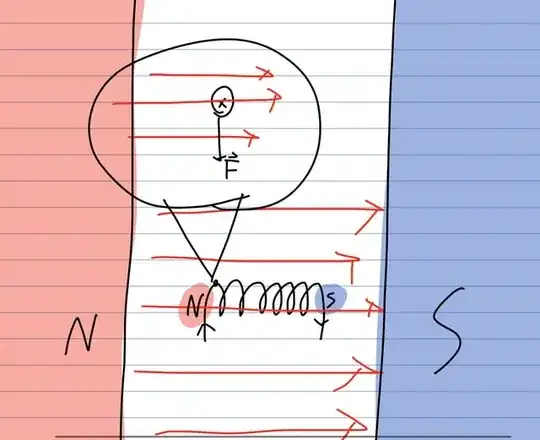Basing this analysis off of the right hand rule I'm confused why the north pole of a solenoid would repel other north poles.
With two solenoids it kind of makes sense due to how the magnetic field curves at the poles.
However with a uniform magnetic field it doesn't make sense.
The right hand rule says that the force will simply point inwards.

